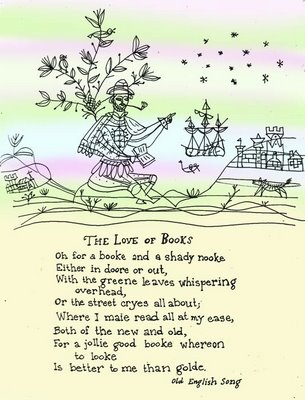
I’ve spent the last few days on press at Burdge, established in 1923. In their conference room they have a large old leather-bound (with Nigerian goatskin) book produced by the Stevens-Nelson Paper Corporation of New York, circa 1954, to showcase some of the world’s best hand made papers.
The introduction says, in part:
“This is a catalogue of the finest printing and art papers in the world. They are made by hand, or by hand in conjunction with the mould machine, in a tradition that is centuries old—not because hand work is quaint or romantic, but simply because man has not been able to devise any other means of manufacture that will produce such superlative qualities. No mass-produced papers have the true look and feel of excellence, the strength in both directions, and the genuine laid formation that is an integral part of the sheet rather than a pattern pressed into one side by artificial means.
The richness of textures, patterns and tones, and the total impression of superb quality created by these papers, are achieved by hand labor. These sheets are made slowly, with great skill and care. Because slow, small-scaled production is rare in the United States, these papers have to be imported from mills in Western Europe and Japan where manual skills have been developed over the centuries by long, careful apprenticeships. The Italian mill represented here was founded in 1268 and is probably the oldest in western civilization. One of the French mills was founded in 1492, and one of the English mills has made currency paper for more countries than any other mill in the world …”
Unfortunately the only mill names I recognise are Fabriano and Arches. According to the price list in the back of the book, a ream of Fabriano lightweight cover, 26” x 40”, cost $60. And of course quantity discounts and prices for special makings were available on request.
The more than 100 different papers in the book are printed with wonderful graphics and illustrations, via multiple processes: letterpress, offset, blind-stamped, engraving, gravure, stone-lithography, and foil stamping. It’s a treasure!
I copied (kinda) one page that particularly appealed to me. The original was designed by Walter Howe, with illustration by Joseph Low, and was printed letterpress at The Lakeside Press, R.R. Donnelly & Sons Company, Chicago, Illinois, on handmade HOSHO. Yum.

2 comments:
Thank you for this description of the paper sample book, Hashi (and for your comment on my blog) I love the poem too.It's so lovely there are these special treasures and that they can be shared across the world in this way.
This is so lovely. Fascinating to read about the book
Post a Comment